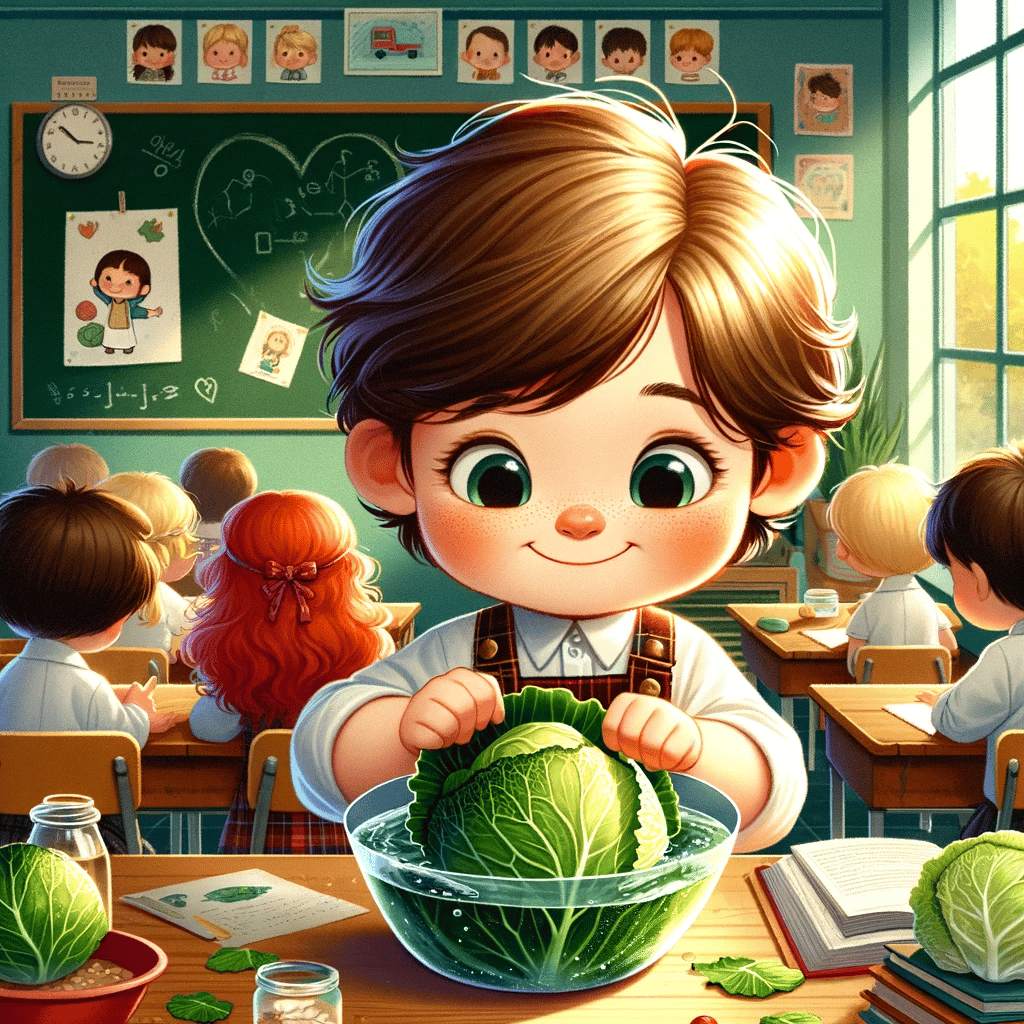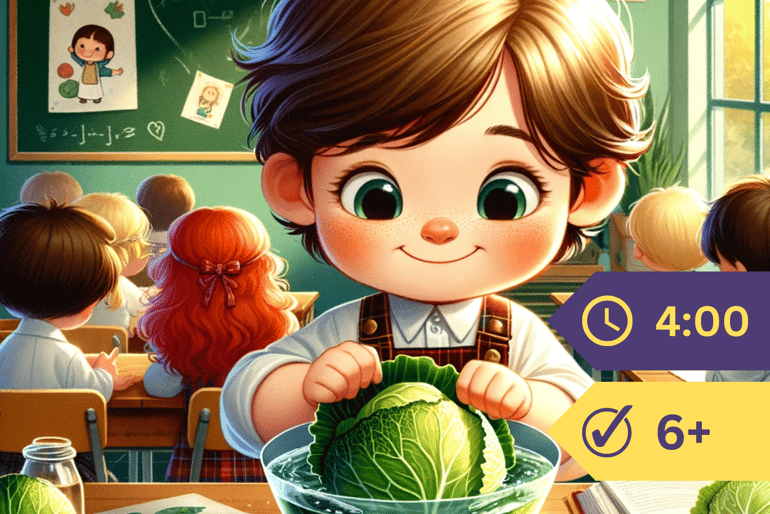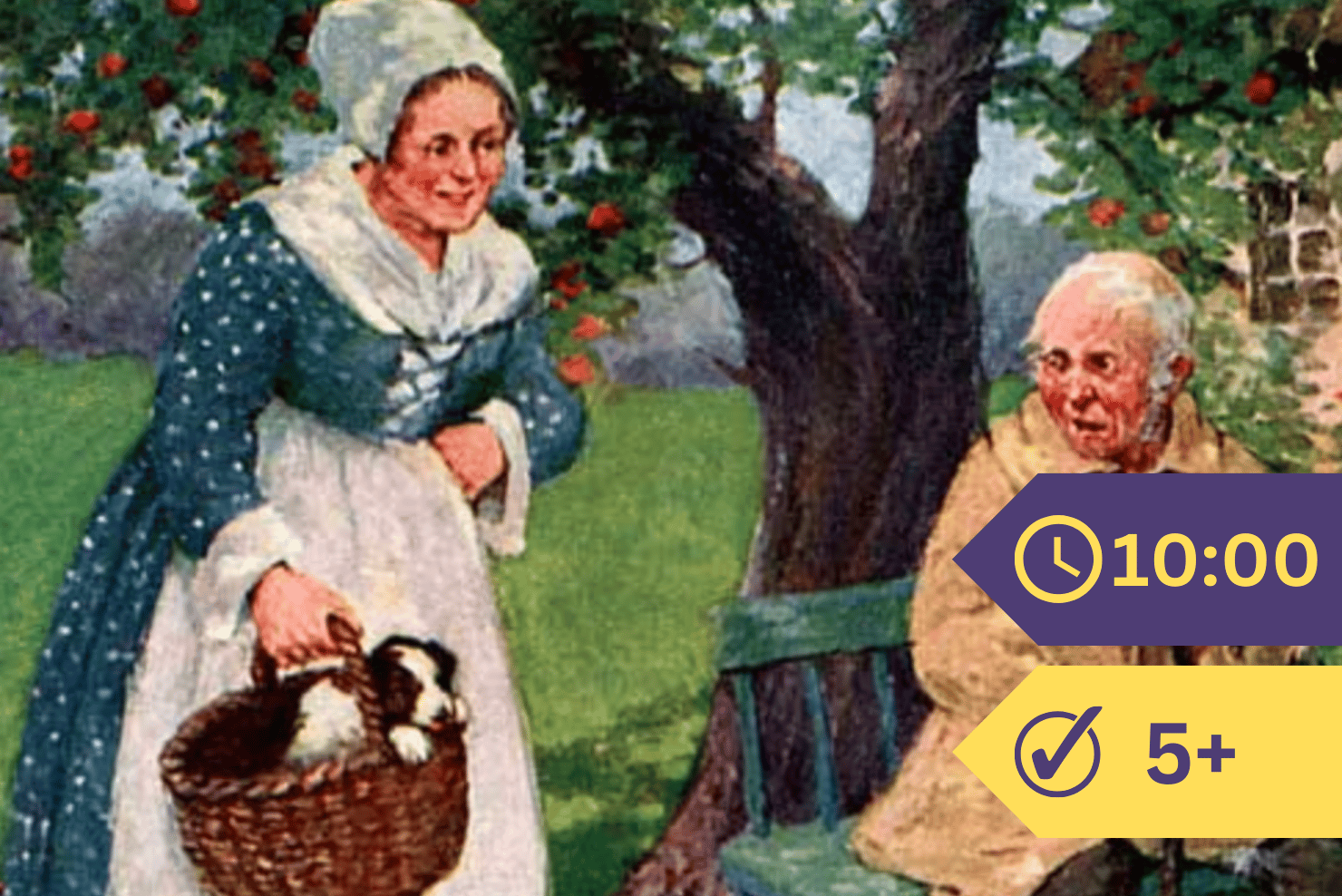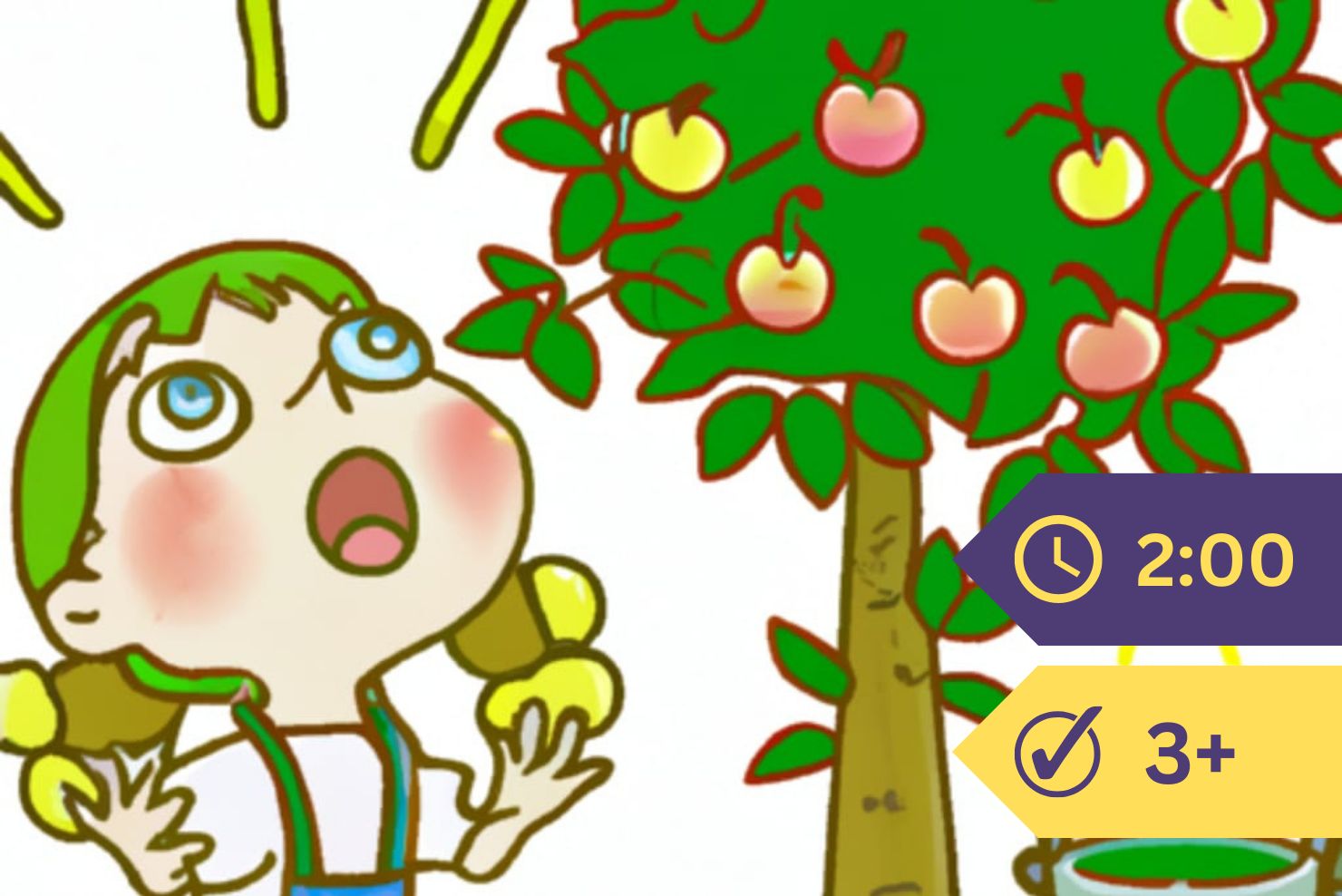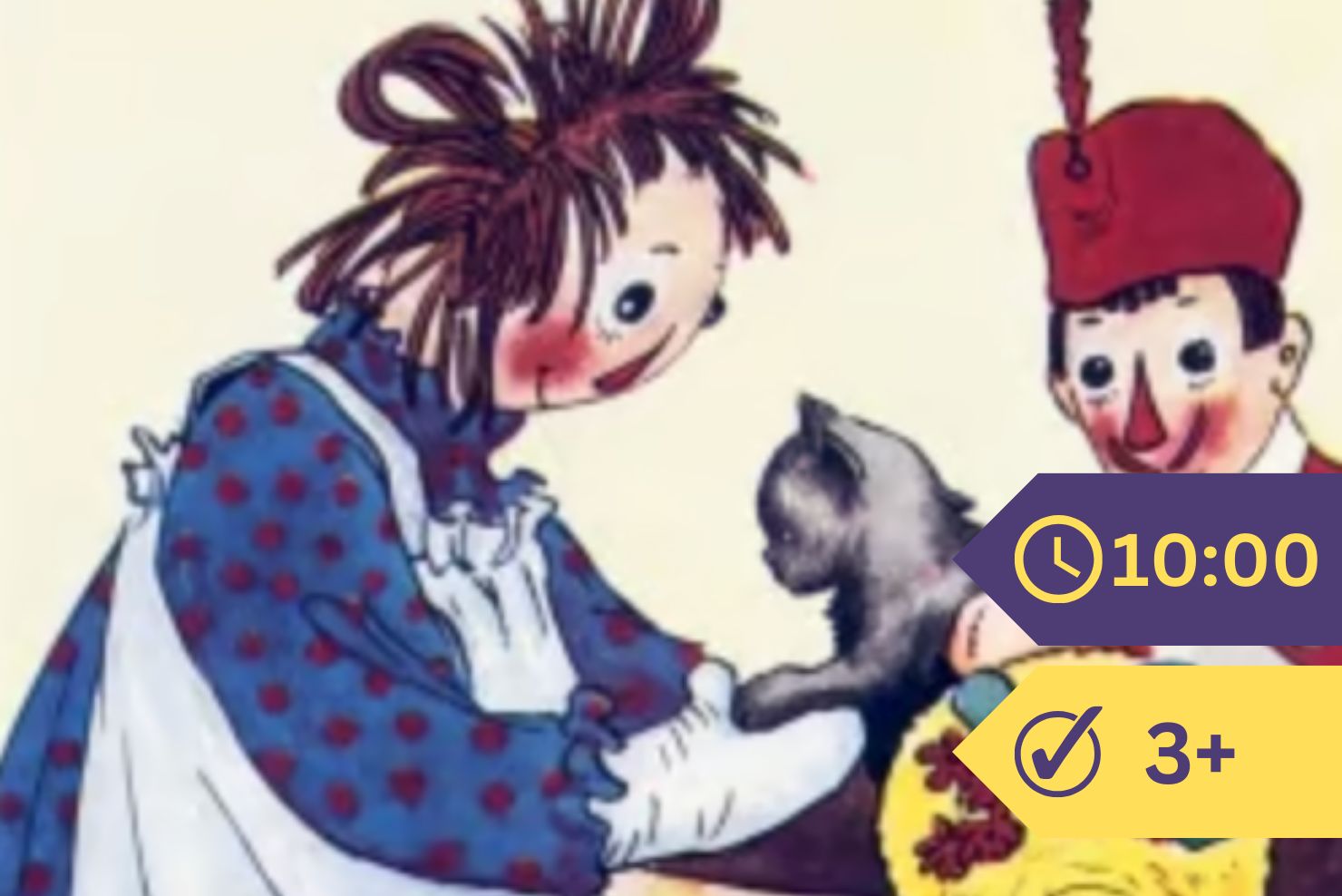Curiously enough, some plants put on a hairy coat for just the opposite reason from the one which makes life everlasting clothe itself in that fashion. Life everlasting fears lest its leaves throw off their water, or perspire too quickly.
Down by the stream that runs through the meadow grow great clusters of the pink-flowered steeple bush. If you look at the lower sides of the leaves of the steeple bush, you see that they are very woolly. As this wool is not between the sun and the leaf blade, it cannot be meant to protect the leaves from the heat of the sun; and indeed in this wet meadow, close to the river, never mind how quickly the leaves throw off their water, the roots can have no difficulty in finding close by more than enough to make good the loss. No, the fact is that these leaves need to throw off water very freely indeed to make room for the ever-fresh supply that is pushing up the stem, and their woolly covering is intended to help them do this very thing. Its object is to aid perspiration. In swampy places the moisture rises every night from the wet ground, and settles on the plants about. The little mouths on the under surfaces of the leaves of the steeple bush would soon be clogged with the moisture rising from below, if they were not protected in some way; and if they became so clogged, they could not throw off the water with which the whole plant is charged. Thus, by having this thick coat of hair, the water that otherwise would cling to the outer surface of the leaf blade is kept at a distance from the little mouths, and these are not interrupted in the performance of a duty so necessary to the health of the plant.
This same habit of coating its lower leaf surfaces with hair, you notice in the speckled or swamp alder, a shrub which grows also in wet places, and therefore runs the same risk of having its leaf mouths clogged with water.
So when you see only the upper surface of a leaf covered with hair, you can guess that the object of the plant is to prevent too much perspiration; but when you see only its lower side clothed in this same way, you can guess that the plant fears too little perspiration.
Sometimes you find a plant with leaves which have a coating of what looks almost like dust on one or both of their surfaces. This dust we call “bloom.” We see it in apples and grapes, as well as on leaves. It is made up of a waxy material which is put forth by the plant just as it puts forth hair. This bloom the plant uses also as a help to free perspiration. By thus clothing its leaves it shields the little mouths from water clogging; and so you can be sure that the little mouths have not been filled with water, and thus prevented from doing their work.
The cabbage leaf has mouths on both of its surfaces, and so both sides are covered with this protecting bloom. If you dip a cabbage leaf in water and then shake it, the drops roll off and leave it quite dry.
